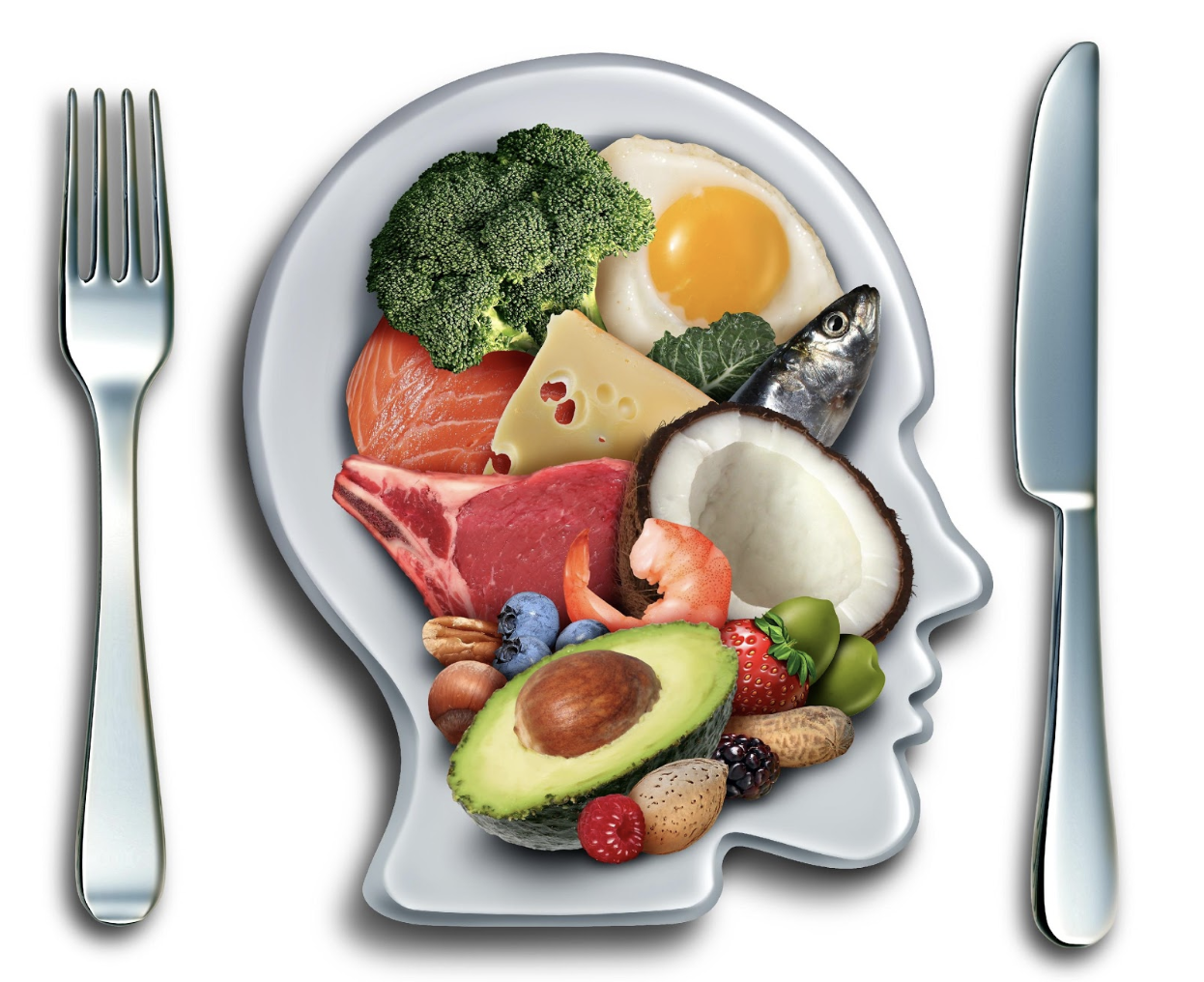
The Keto diet plan is not a brand-new phenomenon. It’s predecessor, the Atkins diet first appeared in the late 1970s and Keto has grown in popularity in recent years partially in response to the low-fat diet trend.
As dieters had problem with low-fat strategies, they searched for a brand-new option and Dr. Atkins’ New Diet Revolution book and more recently Keto found a new audience.
So what are the fundamentals of Keto and the Atkins diet that preceded it?
According to Dr. Atkins, the over-consumption of carbs and easy sugars leads to weight gain. The method your body processes the carbs you eat have more to do with your waistline than the amount of fat or calories that you consume.
Your body notices that sugar levels are raised when you consume excess carbohydrates and sugar. Insulin is launched from the pancreas in order to save sugar as glycogen in the liver and muscle cells for additional energy in the future. Your body can only save so much glycogen at once. As soon as your body reaches its limitation for glycogen storage, the excess carbs are stored as fat. This happens to everyone who eats too many carbohydrates.
Nevertheless, insulin resistant people have an even harder time of using and saving excess carbohydrates. The more insulin that your body is exposed to, the more resistant it becomes. Overtime, the pancreas releases more insulin and cells end up being insulin resistant. The cells are trying to safeguard themselves from the toxic impacts of high insulin. They develop less glycogen and more fat.
As a result, insulin resistant people get extra weight. The carbohydrates get converted into fat instead of energy. Opposite effects include fatigue, brain “fog” (the inability to focus, bad memory, loss of imagination), low blood glucose (which can leads to hypoglycemia), digestive tract bloating, drowsiness, depression and increased blood sugar level. When you are insulin resistant, there is much more than weight at stake.
The solution for individuals who are insulin resistant is a diet plan limited in carbs. The essence of the Atkins diet plan is a limitation of carbohydrates in all of its kinds. The foods limited on the Atkins plan include easy sugars (like sweets, cookies and sodas) and intricate carbohydrates (like bread, rice and grains). Even carbs that are thought about healthy, such as oatmeal, brown rice and whole wheat bread, are limited on the program.
The diet plan has you limit your carb consumption to less than 40 grams a day. This will put your body in a state of ketosis. While in ketosis, your body will burn fat as fuel. According to Dr. Atkins’ research, the ketosis state will also affect insulin production and it will prevent more fat from being formed. Your body will start using your kept fat as an effective kind of fuel, and you’ll reduce weight.
With carbohydrate limitation and ketosis comes a reduction in carb cravings. Individuals who have been on the Atkins diet plan for some time report that they do not long for carbs as they as soon as did.
The initial phases of the Atkins diet are rather rigorous, the program teaches you to restore balance to your diet plan in the long run. People who use the diet plan slowly reestablish minimal amounts of carbohydrate into their consuming till they find a comfortable balance between their health and carbohydrate use.
The solution for individuals who are insulin resistant is a diet plan restricted in carbohydrates. The crux of the Atkins diet plan is a limitation of carbs in all of its forms. If you’ve been living on a carb-heavy diet, you may have found that you simply can not get sufficient carbohydrates. With carbohydrate constraint and ketosis comes a reduction in carb cravings. People who have been on the Atkins diet for some time report that they do not long for carbs as they as often as they used to.
So there you have it – a bit of low carb history, courtesy of Dr. Atkins.
